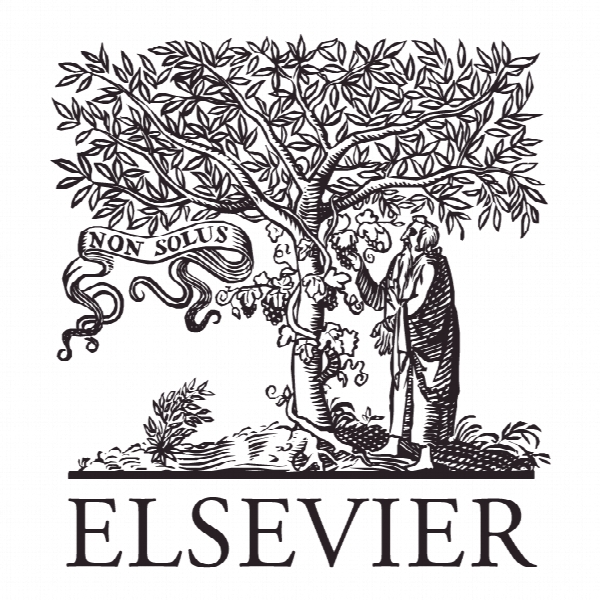سیستم های تعاونی نوآوری و تغییر ساختار: تجزیه و تحلیل تکاملی موارد Anecoop و Mondragon Innovation cooperative systems and structural change: An evolutionary analysis of Anecoop and Mondragon cases
- نوع فایل : کتاب
- زبان : انگلیسی
- ناشر : Elsevier
- چاپ و سال / کشور: 2017
توضیحات
رشته های مرتبط مدیریت و اقتصاد
مجله تحقیقات بازاریابی – Journal of Business Research
دانشگاه دانشکده اقتصاد، والنسیا، اسپانیا
نشریه نشریه الزویر
مجله تحقیقات بازاریابی – Journal of Business Research
دانشگاه دانشکده اقتصاد، والنسیا، اسپانیا
نشریه نشریه الزویر
Description
1. Introduction Clusters or territorial production systems need to evolve into innovation systems to face the challenges of globalization. This necessity requires forging closer ties between businesses, science, and technology centers (Carbonara, 2004; Howells, 2012; Lundvall, 1992). To date, the literature offers three essential ways to transform clusters into innovation systems: 1) the private way, 2) the public way (Cooke, 2003), and 3) the “cooperative third way” (Gallego & Chaves, 2015). This article discusses the latter, most recent way, which draws on the meso- rather than the micro-economic nature of change, entailing the adoption of a generic technological, organizational meso-rule by a business population (Dopfer & Potts, 2008). The cooperative model defines a suitable set-up to promote change via collective entrepreneurship (Gallego & Chaves, 2015). However, this cooperative way does not explain how the necessary coordination mechanisms might emerge to restore stability to the territorial system (Dopfer & Potts, 2008), or how to resolve the “disorganization” effect associated with the process of “destructive creation” that comes with meso-economic change. This disinformation occurs because the introduction of a meso-rule not only challenges products and processes generating a business population disruption (the Schumpeterian disorganization), but also transforms other meso-rules (generating a macro disruption). To overcome these limitations, this article aims to show that cooperatives in innovative systems are not only able to stimulate innovation within a business population, but also to develop abstract rules to overcome the inevitable imbalances that arise from the innovation process. Cooperatives overcome these problems thanks to their role connecting the different levels of institutional architecture involved in the change. In the second section, the article outlines an evolutionary approach that draws on the literature on intermediaries, communities of practice (CP), and epistemic communities (CE), to consolidate the micro–meso– macro focus (Dopfer & Potts, 2008). The study uses a qualitative methodology to analyze two successful cases of innovative systems: Mondragon and ANECOOP. The article ends with some conclusions.


